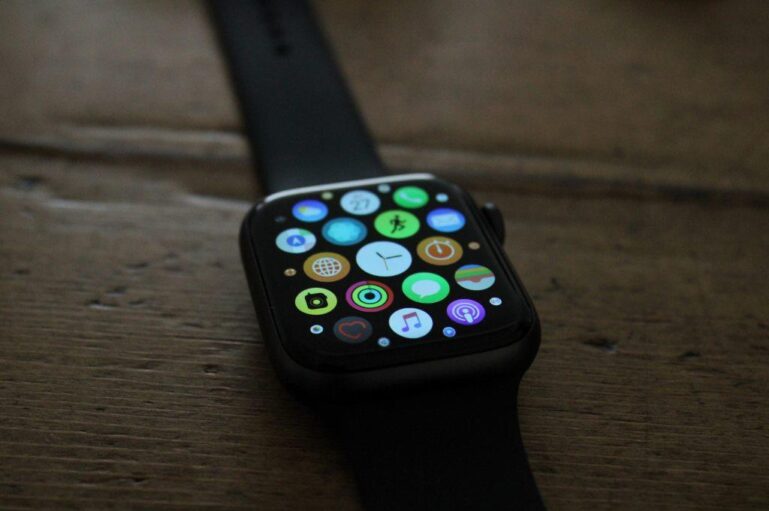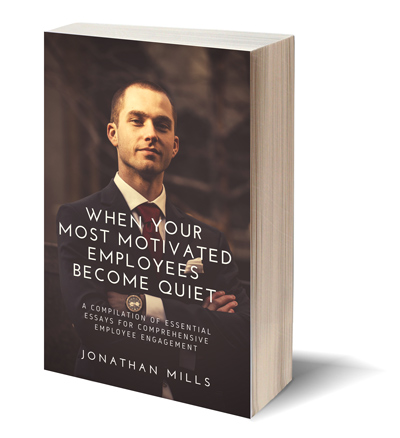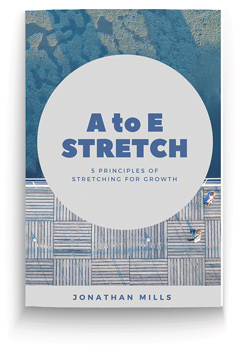Businesses worry about new technologies, but customers are the ultimate disruptors (Suman Sarkar: “Customer-Driven Disruption”)
The key to survival in this era of changing customer needs is to focus on and address them quickly so that customers don’t switch to the competition. Since a few bad reviews, social media posts or angry tweets from customers can ruin your business, staying radically close to customers and addressing their evolving needs becomes imperative. In his new book, “Digital Disruption: Unleashing the Next Wave of Innovation”, Forrester’s James McQuivey explains that technological advances are creating opportunities for more people than ever before to meet more customer needs than ever before at lower costs than ever before – and that creates digital disruption. He writes: “If people plus infrastructure equal disruption, then digital innovators plus digital infrastructure equals digital disruption. Massive digital disruption, at a scale and pace most are simply not prepared for”.
Most people attribute business disruption to technology, thinking of the iPhone, 3D printing, robotics and artificial intelligence, however, technology alone does not cause disruption. The iPhone didn’t succeed because of its technology; it succeeded because it met customer needs better than any other product at the time. When customers perceive that the new technology enables speed, efficiency, personalisation and, above all, it is fashionable, they buy into the new technology, become fiercely loyal to the brand and disruption is the result. There was nothing specifically wrong, for example, with the older “hail a taxi” or “dial a taxi” business model, but Uber’s innovative digital technology cut out the need for call centres, radios, meters, a fleet of cars, etc., thus reducing costs dramatically. The money was rather invested in merging a variety of different digital apps (like maps, payment systems, driver data bases, etc.) to provide personalised, cost effective and efficient rides for people anywhere.
In his helpful article, “Business Models Behind Digital Disruption”, Torben Rick notes five business models that are being used by companies to break down traditional barriers between industry segments, creating completely new value chains and business opportunities:
- The Subscription Model – Netflix, Dollar Shave Club, Apple Music, Tidal – they disrupt through “lock-in” by taking a product or service that is traditionally purchased on an ad hoc basis and locking-in repeat custom by charging a subscription fee for continued access to the product/service. So, Spotify disrupted the need to buy individual CD’s and Netflix changed the way we watch movies (no need to go to the DVD shop as Netflix provides entertainment right in your home – also no need to get up early on a Saturday morning to return a DVD by a certain time or be fined)!
- The Marketplace Model – eBay, App Store, Uber, AirBnB – they disrupt with the provision of a digital marketplace that brings together buyers and sellers directly in return for a transaction or placement fee or commission.
- The On-Demand Model – Taskrabbit – they disrupt by monetising time and selling instant-access at a premium. Includes taking a commission from people with money but no time who pay for goods and services delivered or fulfilled by people with time but no money.
- The Access-Over-Ownership Model – Car2go, Peerby, AirBnB – they disrupt by providing temporary access to goods and services traditionally only available through purchase. Includes “Sharing Economy” disruptors, which takes a commission from people monetising their assets (home, car, capital) by lending them to “borrowers”.
- The Free Model – Google, Facebook – they disrupt with an “if-you’re-not-paying-for-the-product-you-are-the-product” model that involves selling personal data or “advertising eyeballs” harvested by offering consumers a “free” product or service that captures their data/attention.
The most common and pervasive pattern of disruption is driven by customers – they are the ones behind the decisions to adopt or reject new technologies or new products. As such, companies need to understand how to offer customer-side synergies. As Thales S Teixeira notes in Harvard Business Review: “Disruption Starts with Unhappy Customers, Not Technology”: “Successful growth is dictated by benefits accrued to the customer, not the company. This is where a coupling strategy comes into play – it’s the concept of creating new products that create meaningful synergies with your original product”. In other words, it makes it cheaper, faster or easier for customers to fulfil their needs as compared to using two products from different companies.
Technology doesn’t initiate disruption, it enables it. Disruption is a customer-driven phenomenon. New technologies come and go, but the ones that persist are those that the consumers choose to adopt.










